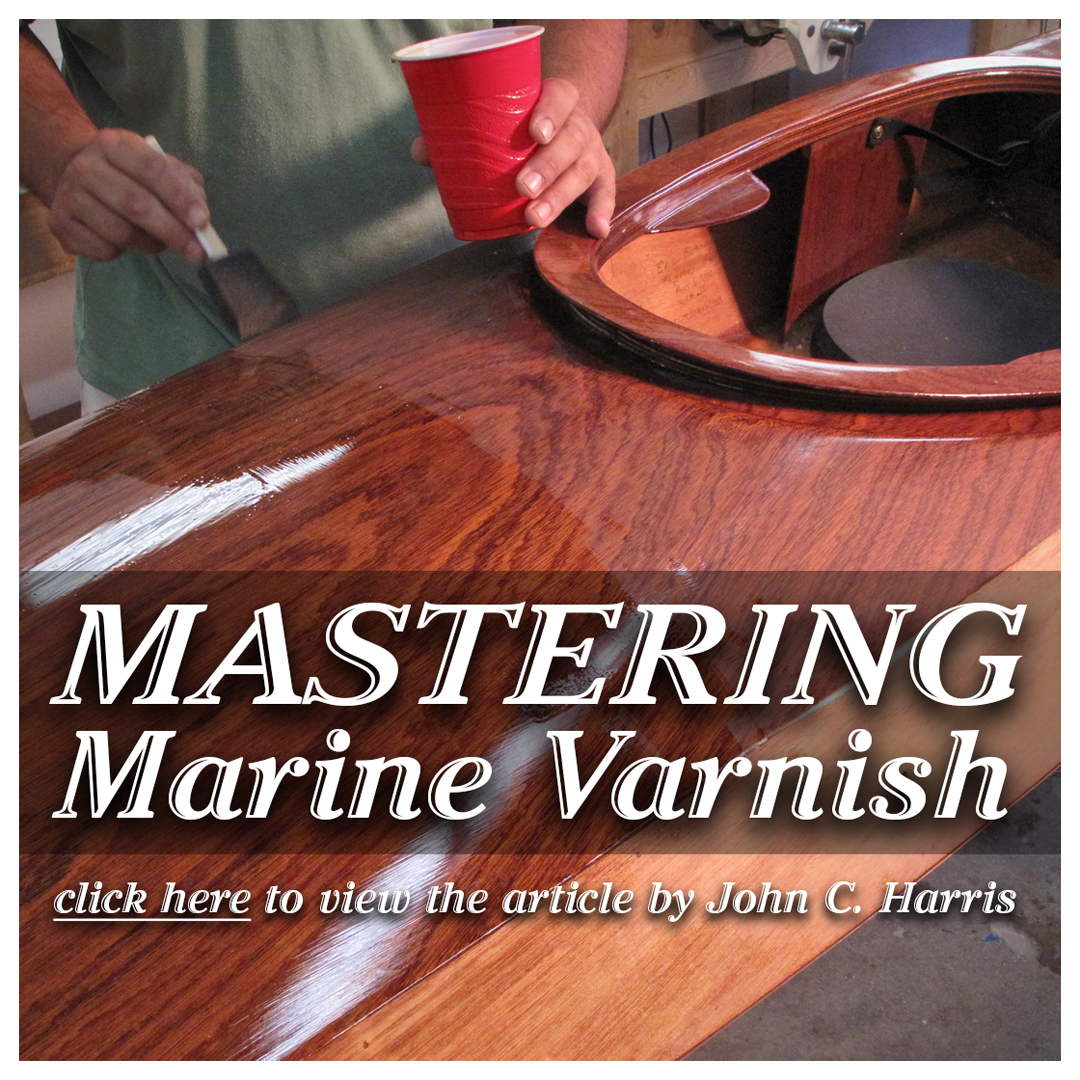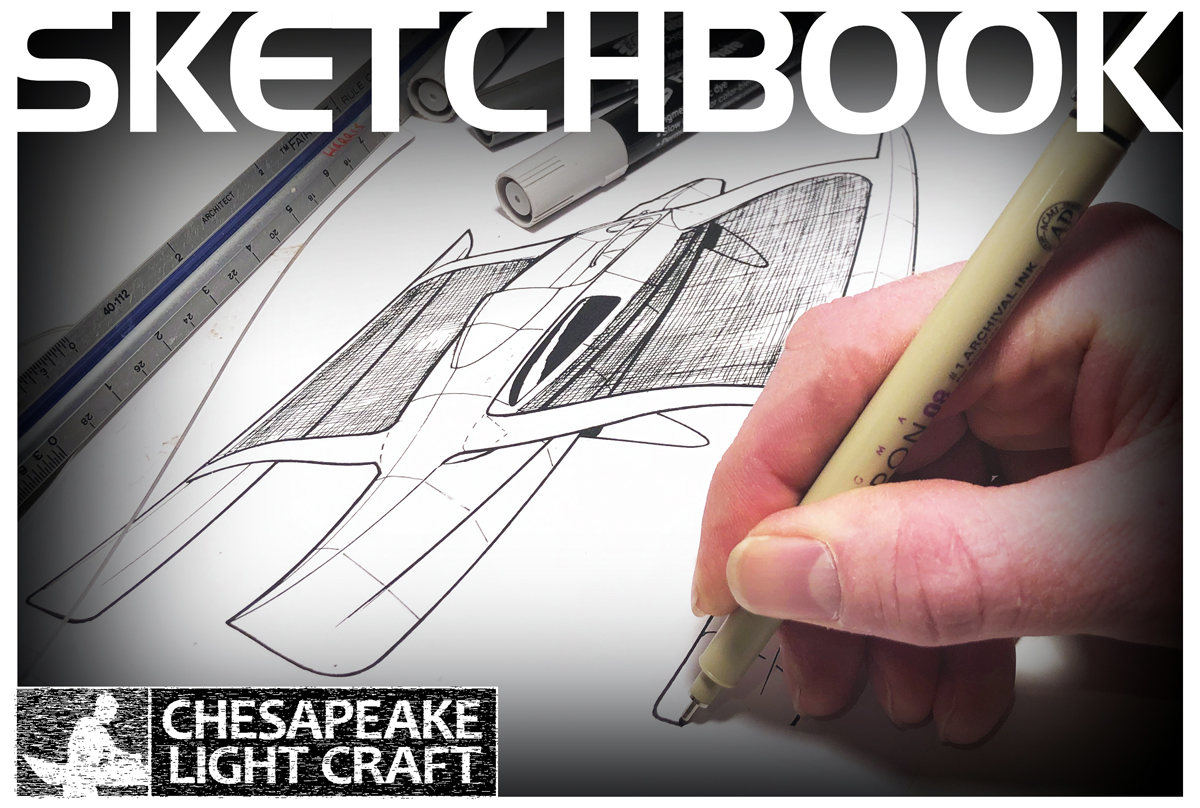Builders' Forum |
|
| ↓ Scroll to Last Comment ↓ | Forum Guidelines | Builders' Forum | |
Hello everyone,
my question is about epoxy fibergless and timing. I guess my main question now is after 1st coat of resin with glass what happens if the window of time passes before a chemical bond is possible? I assume I can't sand. Is the only thing to do make sure I start fill coats as soon as the last coat isno ionger tacky? no matter what? sounds like a long weekend, or are there options that I am missing . I have seen folks mention a schedule, is that just like it sounds, plot out a time schedule to get everything done when it needs to be done. Thanks for any advice, I am sure I will have more questions once I hear more.
Tom
3 replies:
RE: epoxy schedule?
What Laszlo calls a "light sanding", MAS calls a "scuff sand". All you need to do is break the surface shine. This can be accomplished with a green Scotchbrite pad without much danger of eating into the glass fabric.
Epoxy that has set for a few days can develop amine blush - a waxy buildup on the surface. Even "non-blushing" formulations can develop blush under humid conditions. If your pad gums up fairly quickly, you probably have blush. Clean the surface with soap & water before proceeding as your new epoxy coat won't stick to the blush.
RE: epoxy schedule?
Thanks guys,I think I was over thinking the whole process. There is so much info out there about epoxy/glass that it is easy to over look the obvious and just follow the directions.
Tom













RE: epoxy schedule?
» Submitted by Laszlo - Mon, 1/17/22 » 7:11 AM
Hi Tom,
"Epoxy schedule" usually doesn't mean time. It means the number and thickness of epoxy coats and a glassing schedule is the number and thickness of the layers of glass. I don't think it's that way to deliberately confuse newcomers, rather it's a traditional use of the word "schedule".
The chemical vs. mechanical bond thing is overrated for the kind of small boats that we build here. It's much more important for high performance applications, like trans-sonic aircraft, than slow lightweight boats. And actually, unless the builder manages an absolutely perfect mix, there will always be some unused reactants so there will always be some degree of chemical bonding, even on supposedly fully-cured epoxy.
That said, epoxy manufacturers list a time for their products during which a new epoxy coat can be applied with no special prep and after which they recommend sanding before applying more epoxy. For example, for Systen Three Silvertip it's 3 days.
The sanding cleans off any crud from the surface, it roughens the surface and increases the bonding area, albeit at a microscopic level, and exposes the internal layer of the coat which is more likely to have unreacted components.
So not only can you sand, it's the recommended option. Just make it a light sanding so you are roughening, not removing, the epoxy and follow the manufacturer's recommendation for time.
Have fun,
Laszlo